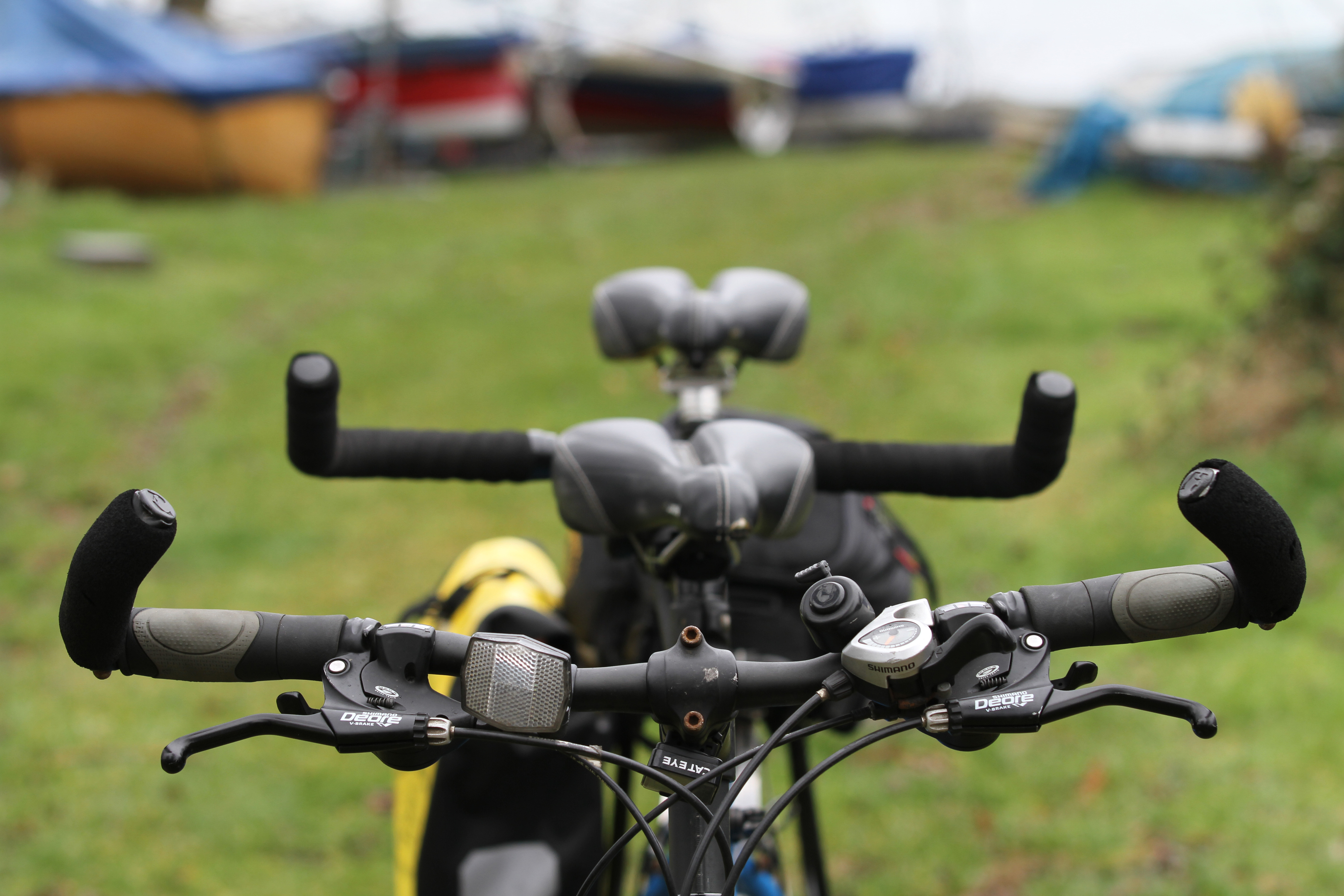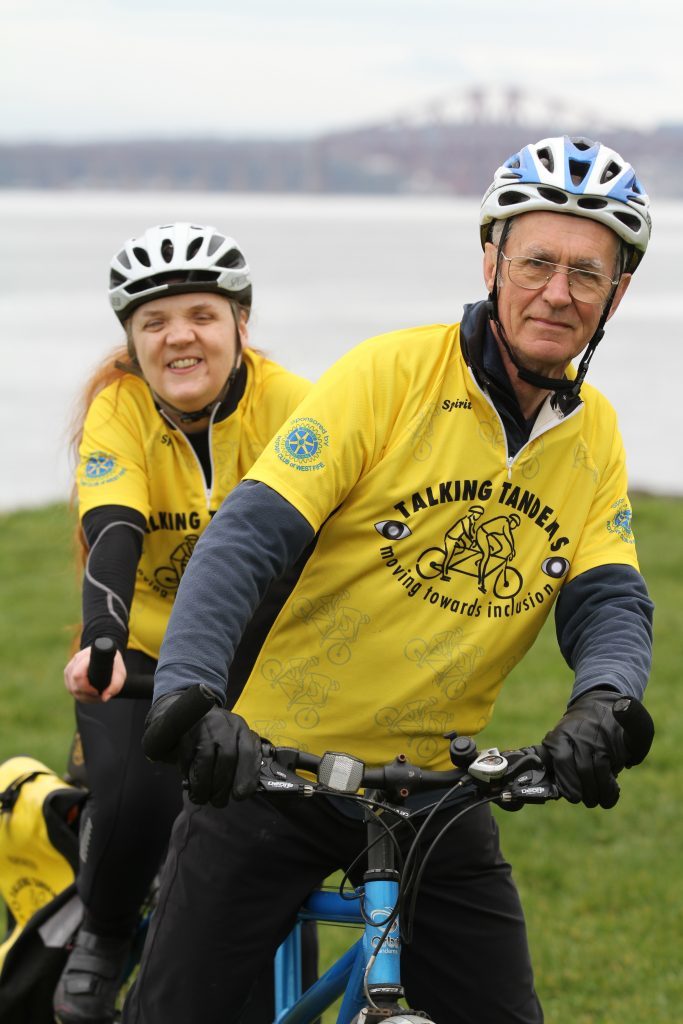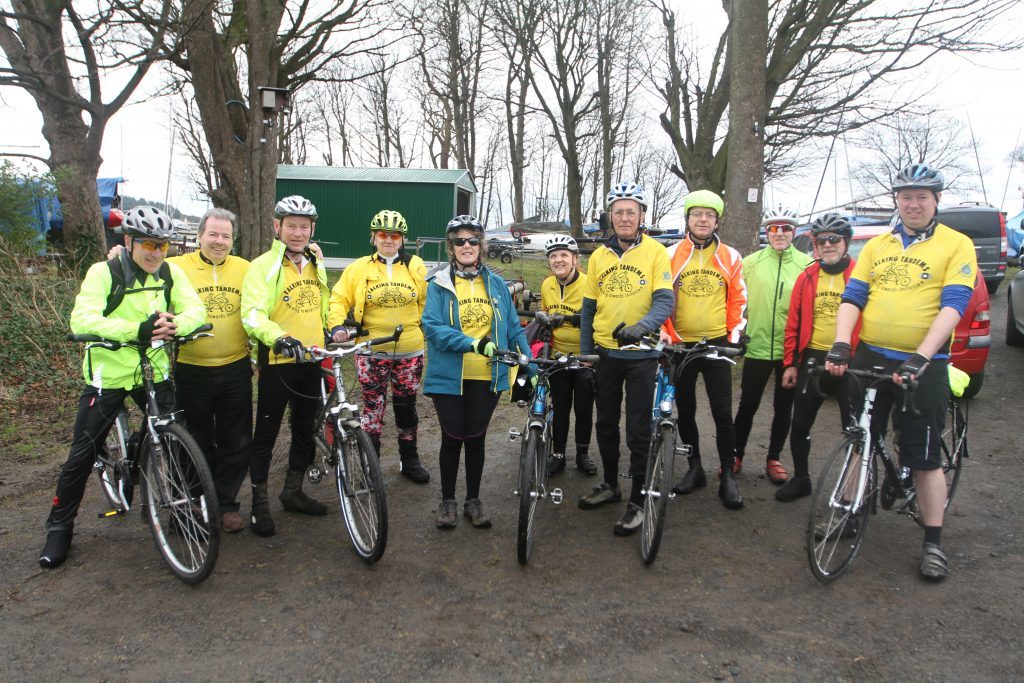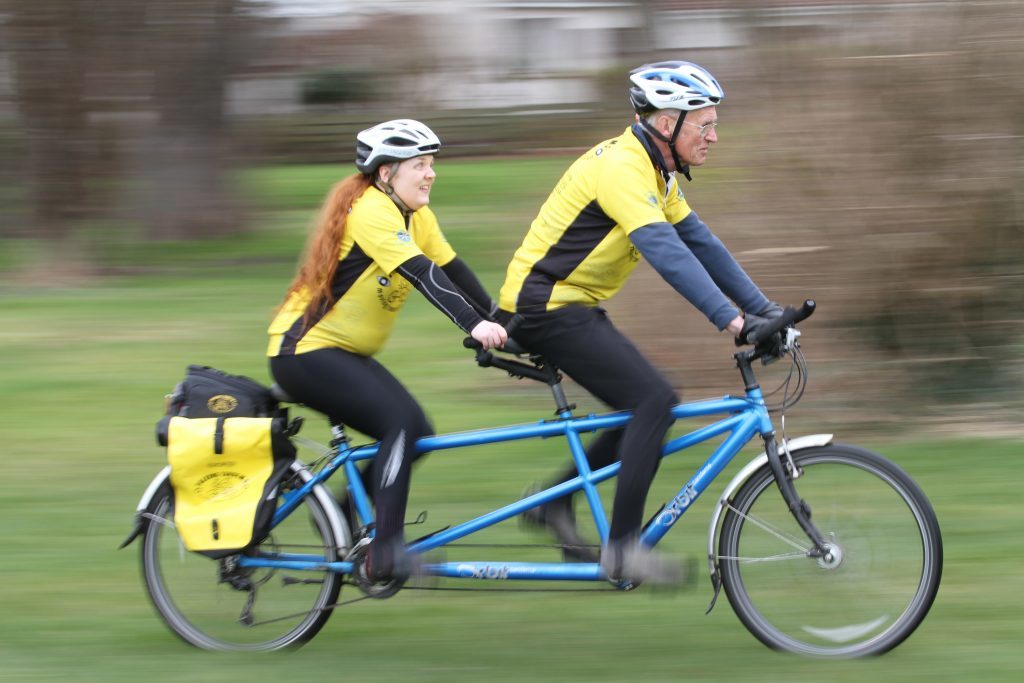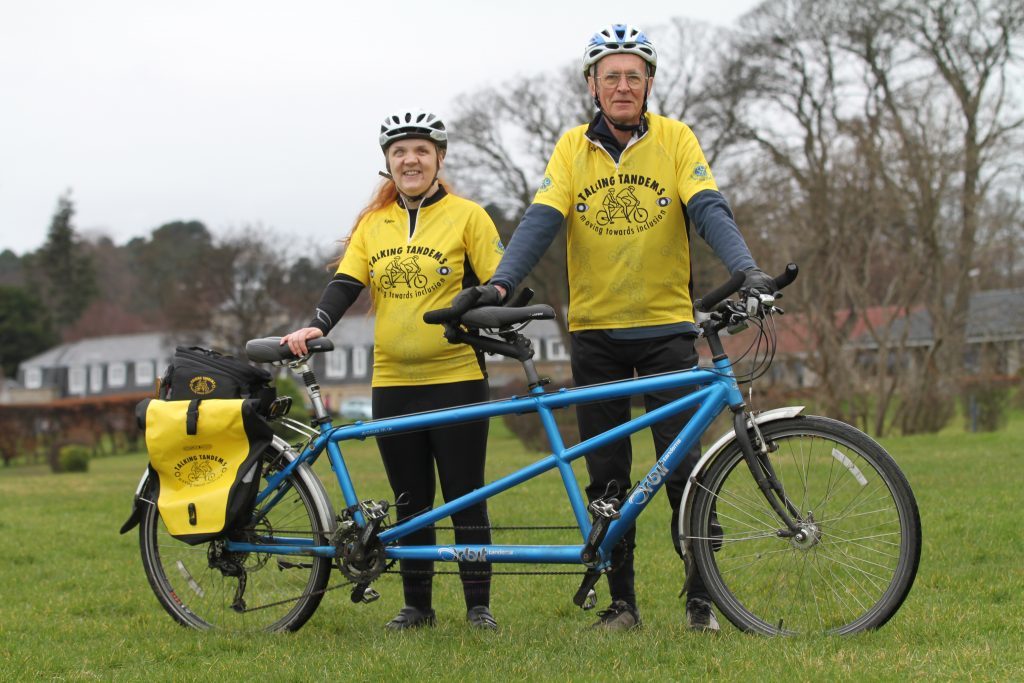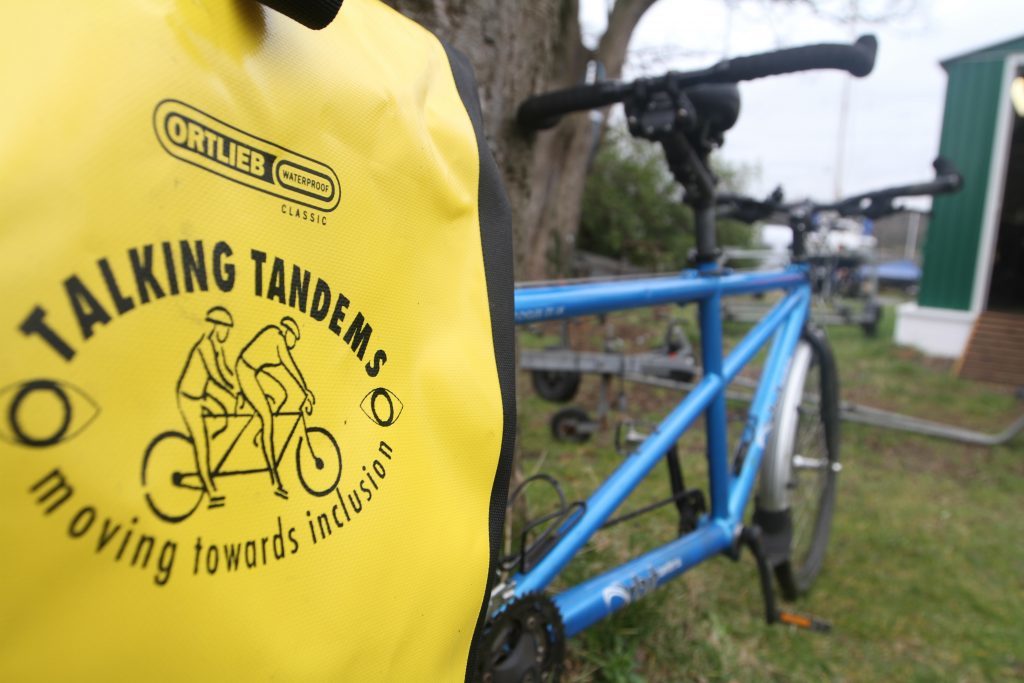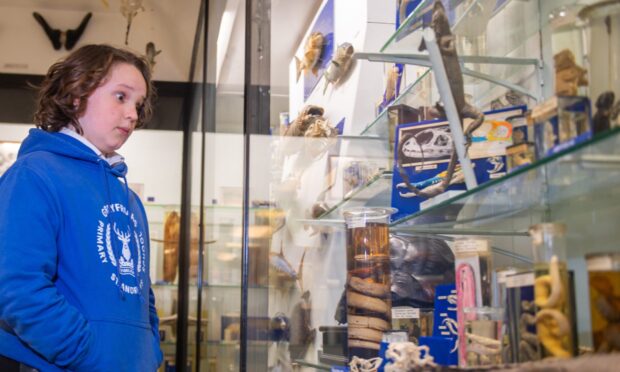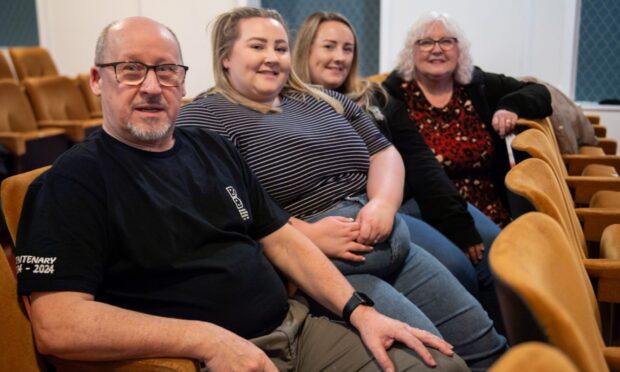A few years ago, when Louise McLeary found herself out of puff after climbing a few stairs, she realised it was time to get fitter.
“I knew I had to work on getting more active or I would start encountering problems down the line,” the 38-year-old from Kirkcaldy says.
Louise, who is blind, joined Talking Tandems, a Fife-based cycling club which encourages people with visual impairments (a stoker) to take part in cycling on a tandem guided by a sighted person (the pilot).
“I always loved the idea of cycling as a child but never really had the opportunity. Though I was not fully blind back then, my eyesight was still quite poor so I wasn’t allowed to have a bike,” Louise explains.
“I joined the club around eight years ago – it was one of the best decisions I’ve made and I’ve never looked back. I was totally blind by then so there was no way I would be able to cycle on a solo bike.”
Rising a tandem is all about team effort. “When we’re climbing up hills, I need to make sure I am working hard enough so that the pilot isn’t left doing most of the work and they need to tell me when they need more power at the back,” she explains.
“It’s all about two-way communication: the pilot needs to let me know if there are any hills coming up or when they are about to change gear and I need to pay close attention so I can do as the pilot asks such as indicating left or right-hand signals for other road users.”
When Louise first started she could barely manage a few circuits around Kirkcaldy’s Beveridge Park. Now, thanks to Talking Tandems, she can cycle more than 50 miles in a day.
The club, which has around 35 members, meets twice a month at Dalgety Bay Sailing Club. Pilot Sandy Wood has been involved since he retired in 2009. The former depute head was looking for new interests, and when he saw an article about Talking Tandems, knew immediately he wanted to join.
“Here was a group of people with a serous disability who were looking for help to go cycling. I could not have found anything better,” he smiles. “I have always enjoyed cycling. In working days I sometimes cycled to work and my wife and I have owned a tandem for about 30 years.”
He explains that riding a tandem is slightly harder than riding a solo bike. “It’s heavier, longer, less easily manoeuvred, and more likely to wobble,” he says.
“There’s also the need for pilot and stoker to cooperate when starting and stopping. For a new pilot starting off with a stoker for the first time, the experience can be quite alarming!”
Sandy explains that two people working well together can produce a lot of power and this experience of speed is something a blind or partially-sighted person can’t experience any other way.
“For me that is one of the great pleasures of tandemming,” he says. “Fortunately we rarely fall off, as falling from a tandem is not a pleasant prospect,” he grimaces. “I have done it once – my stoker and I ran out of power on a steep hill, ground to a halt, and fell into a hedge. Luckily only our dignity was damaged.”
Club outings usually cover 30-40 miles, with a stop for lunch – an important part of the runs. Weekend trips and social events have resulted in some close friendships being forged, with many members helping and supporting each other outwith the world of cycling.
Louise has the last word: “For me it means I can enjoy an experience which I would never otherwise be able to do. And flying down a steep descent is just exhilarating!”
